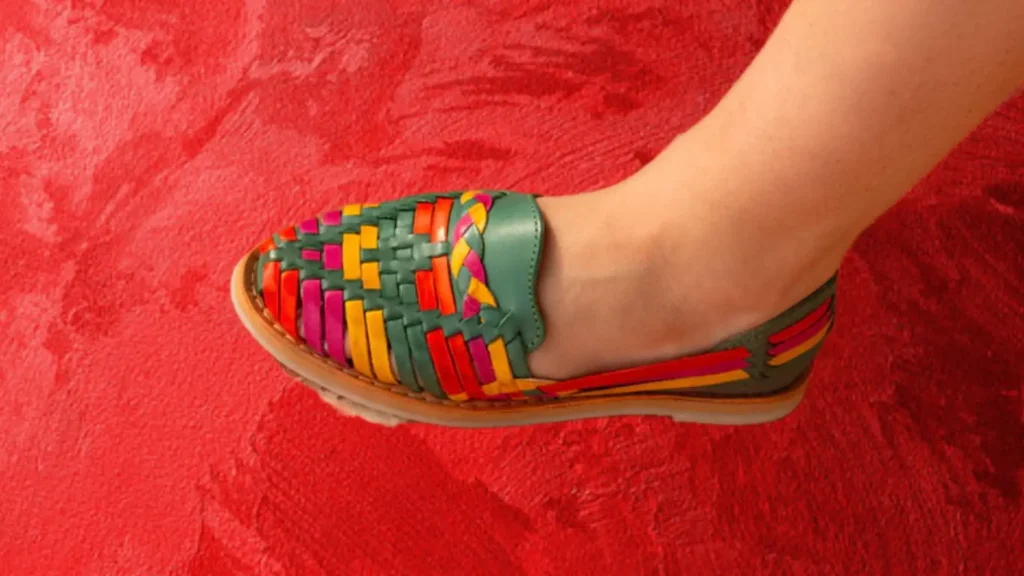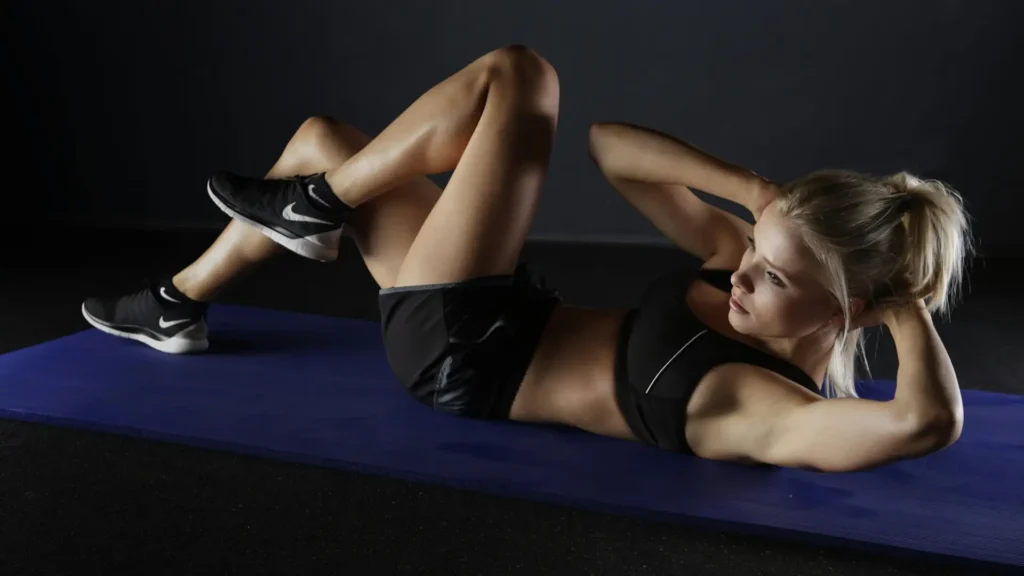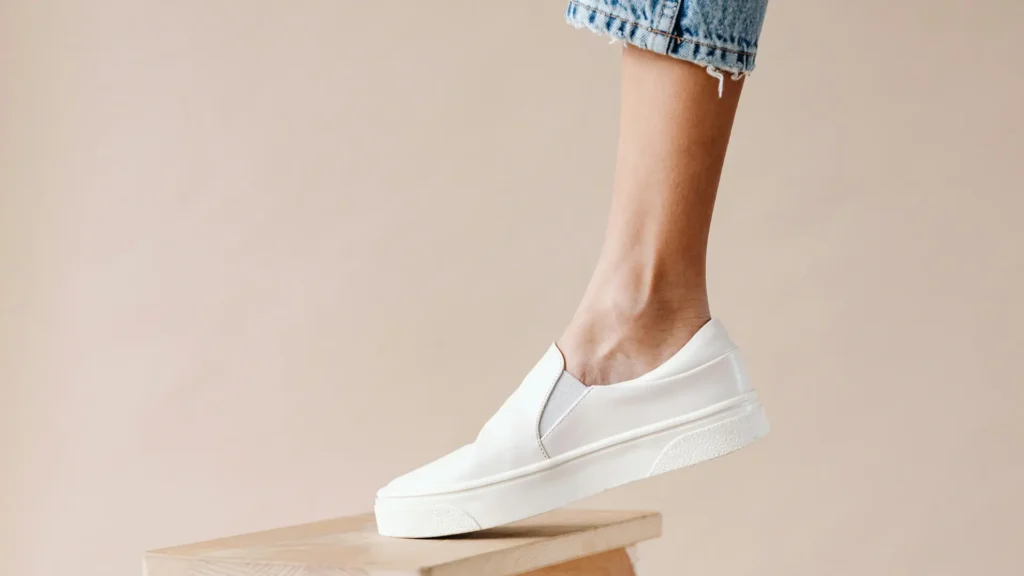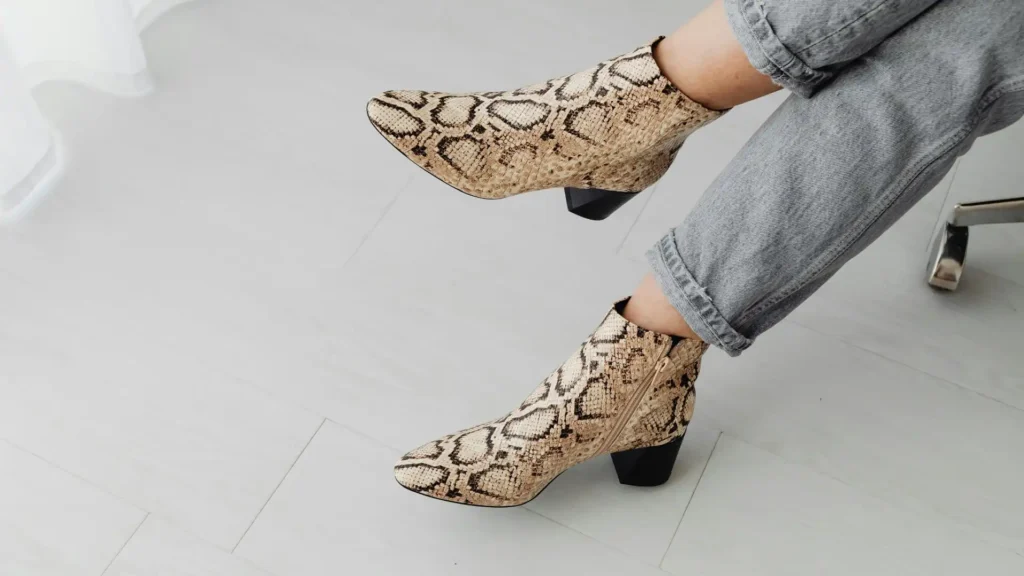These handwoven shoes trace their origins to ancient Indigenous cultures. They embody centuries of tradition, craftsmanship, and resilience. This article delves into their rich cultural roots and enduring legacy.
Origins in Pre-Columbian Mexico
Huaraches predate Spanish colonization by centuries. Maya, Aztecs, and Purépecha crafted them from plant fibers. These early sandals protected feet while allowing airflow in hot climates. Archaeological findings reveal similar designs in artifacts from 200 BCE.
The name “huarache” derives from the Purépecha word kwarachi, meaning “sandal.” The Purépecha lived in present-day Michoacán. Their sandal designs spread across Mesoamerica through trade. By 1000 CE, huaraches were common footwear in many Indigenous communities.
Early huaraches used agave or yucca fibers for strength. Weavers twisted these fibers into tight, durable strips. The open weave allowed ventilation, ideal for Mexico’s heat. Each pair was crafted to fit the wearer’s foot precisely.
Artisans used wooden molds to shape sandals. Weaving required patience and skill. A single pair could take several days to complete. These techniques remain largely unchanged in traditional workshops today.
Symbolism in Indigenous Communities
Huaraches held deep cultural significance. Specific weave patterns identified a wearer’s village or social role. Ceremonial designs were worn during rituals or festivals. These patterns strengthened community identity.
In rural areas, huaraches were practical for farmers and laborers. Their open design suited long hours in the fields. Repairs were simple, extending the sandals’ lifespan. Over 70% of Indigenous Mexicans preferred huaraches over European shoes in the 19th century.
Spanish colonizers arrived in the 16th century. They introduced cattle, making leather widely available. Artisans began using leather for huarache uppers and soles. This made the sandals more durable.
New tools from Europe refined weaving techniques. Artisans added decorative stitching to leather uppers. By the 18th century, huaraches gained popularity in cities. Wealthier Mexicans wore them as fashionable accessories.
The Mexican Revolution of 1910 elevated huaraches to a national symbol. Rebels and peasants wore them for their affordability and comfort. Over 90% of rural fighters chose huaraches over boots. They represented resistance against colonial influences.
Huaraches became associated with Mexican identity. Their handmade nature contrasted with European factory-made shoes. Post-revolution, they symbolized pride in Indigenous heritage. This cemented their place in Mexican culture.
Artistic Celebration of Huarache Sandals
In the 1930s, the Mexican muralist movement embraced Indigenous traditions. Diego Rivera and Frida Kahlo depicted huaraches in their work. These portrayals highlighted their cultural importance. Museums began showcasing huaraches as folk art.
Over 500 murals from this period feature huaraches. They appeared in scenes of rural life and Indigenous pride. This artistic focus boosted their popularity. Urban Mexicans began wearing them to connect with their roots.
Huaraches gained international fame in the 1960s. The hippie movement embraced their simple, handmade aesthetic. By 1965, Mexico exported over 10,000 pairs annually to the United States. Their lightweight design appealed to travelers and beachgoers.
Hollywood amplified their reach. Actors wore huaraches in films set in Mexico. Department stores in the U.S. and Europe stocked them by the 1970s. Over 50% of exported huaraches went to North America.
Modern Adaptations and Innovations
Huarache designs vary by region. In Michoacán, artisans use thick leather soles for durability. Jalisco favors intricate woven patterns for aesthetic appeal. Oaxaca’s huaraches feature vibrant colors inspired by local textiles.
Each region’s style reflects its environment and culture. Coastal areas prefer open weaves for breathability. Mountain communities use tighter weaves for rugged terrain. Over 20 distinct regional styles exist today.
Today’s huaraches blend tradition with modern trends. Designers incorporate synthetic materials for flexibility. Cushioned soles provide extra comfort for urban wearers. Yet, traditional leather and woven designs remain popular.
Over 500 artisan workshops produce huaraches in Mexico. Many artisans train for years to master weaving. Some experiment with recycled plastic. These innovations keep huaraches relevant.
Cultural Significance in of Huarache Sandals Mexico
Huaraches symbolize Mexican pride and heritage. Over 90% of Mexicans view them as a cultural treasure. They are worn at festivals, weddings, and everyday events. Markets showcase artisans demonstrating traditional weaving techniques.
Young Mexicans pair huaraches with modern outfits. Social media platforms boost their visibility. Instagram posts featuring huaraches receive millions of views yearly. This keeps the tradition alive among younger generations.
Huarache production supports thousands of families. In Michoacán, over 10,000 artisans rely on sandal-making for income. Exports generate millions in revenue annually. The industry strengthens rural economies.
Local markets thrive on huarache sales. Tourists seek authentic, handmade pairs. Artisans customize designs for buyers. This personal touch sets huaraches apart from mass-produced footwear.
Mass production threatens traditional huarache-making. Factories produce cheap, machine-made versions. These lack the quality and authenticity of handcrafted pairs. Many artisans struggle to compete financially.
Global demand for fast fashion hurts sales. Consumers choose trendy sneakers over huaraches. Artisan incomes have dropped by 30% in some regions. This threatens the survival of traditional techniques.
Nonprofits and cooperatives support huarache artisans. They provide training, tools, and market access. Fair trade practices ensure artisans earn sustainable wages. Over 200 cooperatives operate in Mexico.
Cultural festivals promote huarache craftsmanship. Events in Oaxaca and Guadalajara draw thousands. Visitors buy directly from artisans, boosting their income. These efforts preserve the tradition for future generations.
Huaraches in Global Fashion
High-end brands have embraced huarache designs. Nike’s 1991 huarache-inspired sneaker sold over 1 million pairs in its first year. Adidas and Puma followed suit. This fusion blends Mexican heritage with global trends.
Celebrities wear huaraches at high-profile events. Their endorsements keep the style relevant. Fashion blogs and music videos feature huaraches regularly. This visibility inspires younger audiences worldwide.
Traditional huaraches are eco-friendly. Leather and plant fibers are biodegradable. Handmade production uses minimal energy. This contrasts with synthetic sneakers, which contribute to landfill waste.
Some artisans use recycled materials. They craft huaraches from discarded tires or plastic. Over 20% of huaraches sold in 2024 used sustainable materials. These efforts align with global environmental goals.
Huaraches have influenced footwear worldwide. In India, artisans create similar woven sandals. European designers experiment with huarache-style weaves. This exchange highlights their universal appeal.
In Mexico, huaraches bridge tradition and modernity. Urban youth pair them with jeans and dresses. Rural communities continue traditional weaving. The sandals connect diverse cultures and histories.
Technology aids huarache preservation. Online platforms connect artisans with global buyers. Etsy and Amazon feature handmade huaraches from Mexico. Over 15% of sales now come from e-commerce.
3D printing experiments aim to replicate traditional weaves. These innovations reduce production time. Artisans use digital tools to design new patterns. Technology ensures huaraches remain competitive.
Huaraches in Education and Cultural Programs
Schools in Mexico teach huarache-making as part of cultural education. Over 100 programs exist in rural areas. Students learn weaving techniques and their history. This fosters pride in Indigenous heritage.
Museums exhibit huaraches as cultural artifacts. Displays in Mexico City and Oaxaca draw thousands. Interactive workshops teach visitors about craftsmanship. These programs educate and inspire.
Huaraches face challenges but remain resilient. Over 50% of young Mexicans own a pair. Artisans adapt to changing tastes with innovative designs. They balance tradition with modern demands.
Global interest in sustainable fashion boosts huaraches. Consumers value their eco-friendly production. Collaborations with designers keep them trendy. The sandals are poised to endure.
Huaraches are more than footwear. They carry Mexico’s history, identity, and creativity. From ancient origins to global runways, they reflect resilience. Their legacy continues to thrive.




